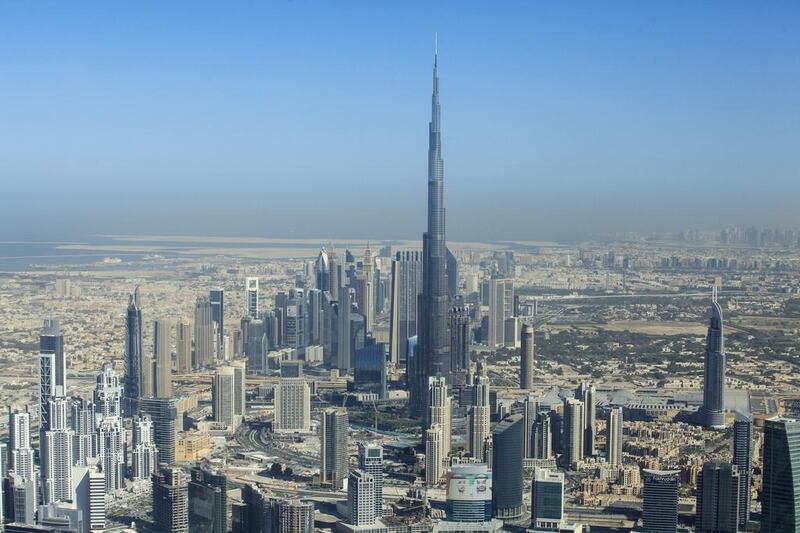Embracing technology to help cities evolve into intelligent hubs that support the needs of a dynamic population is a global trend. Cities now need to be “smart”.
But is all this talk of using technology to make our cities smarter somewhat overdone? The rhetoric about the benefits must be approached with caution.
It is important to first consider what being a smart city should entail. These discussions should not be driven by private sector technology firms, eager to showcase their products. We need to ensure that the benefits of using technology to make our cities smart are not restricted to novelties. They should be more sustainable and enduring instead.
So, what makes a city smart? It may not necessarily be the use of technology, at least not in the way we conventionally think of it. In order to be useful, technology must serve a clear purpose. Technology features in everyone’s life, every day. So it is a tool to create a smart city, but it is not the ultimate goal.
There needs to be a clear plan to determine exactly how technology will be used. Otherwise, the city risks being used as a platform for competing technology companies to push their respective “visions” of a smart city.
So, how best to go about it? There must be clear guidelines and planning must be prioritised over and above a rush to embrace new technology. Dubai is a young city so if it does this rigorously, the emirate might set new benchmarks for smart cities.
Indeed, the concept of adopting new approaches to develop a city’s infrastructure and making it smarter is not entirely new. Notable examples include the aqueducts that were built during the Roman empire for the purposes of hydration and sanitation. The construction of the autobahns in early 20th century Germany is another good example because it was a new way of physically connecting an entire nation using the world’s first high-speed road network.
Both the aqueducts and the autobahns required ingenuity and were ambitious in terms of the scale of change they wanted to bring about. They were also ahead of their time. And they had to overcome scepticism about their feasibility and whether they were needed at all. But they were initiatives that made everyday life easier and more efficient.
Any technology that Dubai adopts must do all of this. A good way of putting a plan together and gauging how a city can use technology to become smarter is to ask the people who live in it. There are several aspects of a city’s infrastructure that can be used to enhance its residents’ lives – education, health care, transport and security. Gauging public opinion through the use of citizen engagement initiatives to determine which of these things should take precedence is a great place to start.
Once this is established, technology should be used to not only improve each of these sectors but to provide greater cohesion between them. This will allow for things to be centralised and, potentially, run more efficiently.
This is exactly the approach taken by the Dubai government. It recently announced plans for a smart city strategy, which aims to use technology to help improve some of the sectors mentioned above and enable a greater degree of connectivity between them.
If approached with a certain degree of caution, it is really very good to aspire to make a city smart. And it can be hugely beneficial to its residents.
Faisal Alkhatib is a researcher at the Mohammed Bin Rashid School of Government





